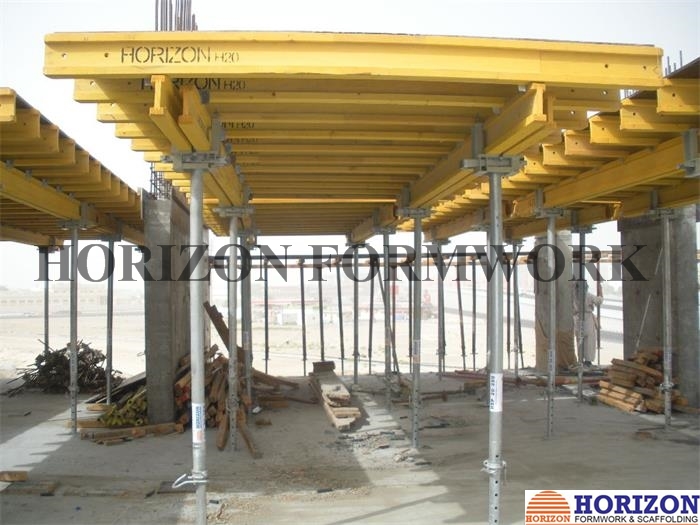Dec . 05, 2024 18:25 Back to list
Exporting Formwork Solutions for Concrete Beams and Construction Projects Worldwide
Formwork for Concrete Beams A Key Element in Construction
In the construction industry, formwork plays a pivotal role in shaping concrete structures, particularly concrete beams. The use of high-quality formwork is essential for achieving the desired structural integrity and aesthetic appeal in concrete construction. This article explores the importance of formwork for concrete beams, the different types available, and what exporters need to consider to meet the demands of the construction market.
The Importance of Formwork
Formwork serves as a temporary mold into which concrete is poured to achieve the required shape and size. It is crucial for supporting the weight of the concrete until it can support itself and provides stability during the curing process. In the case of concrete beams, formwork is particularly vital because these structural elements must withstand various loads and stresses over time.
Choosing the right formwork is essential for ensuring that the concrete beams have the desired dimensions and finish. Poorly designed or constructed formwork can lead to defects in the final product, such as misalignments, inadequate load-bearing capabilities, and surface imperfections. Therefore, the quality of formwork directly impacts both the safety and longevity of the structures being built.
Types of Formwork for Concrete Beams
Several types of formwork are commonly used in constructing concrete beams. Each type has its advantages and disadvantages, depending on the specific requirements of the project
1. Traditional Timber Formwork This type of formwork is made from timber planks and boards. It is relatively inexpensive and easy to work with, making it a popular choice for many small to medium-sized projects. However, it may not be the most durable option for large-scale or repetitive work, as it can only be reused a limited number of times.
2. Plywood Formwork Plywood is a favored material for formwork due to its lightweight nature and strength. It offers a smooth surface finish for the concrete and can be reused multiple times. However, it is essential to treat plywood properly to prevent damage from moisture during the curing process.
3. Steel Formwork Steel formwork is characterized by its durability and robustness. It can withstand high pressures and can be reused many times without losing its structural integrity. This makes it an ideal choice for large construction projects. However, it requires a higher initial investment and may be more challenging to transport and handle on-site.
formwork for concrete beam exporters

4. Plastic Formwork An emerging option in the market, plastic formwork is lightweight and resistant to staining, making it easy to clean. It is also reusable and serves well in both small and large projects. However, it may not provide the same level of strength as steel or plywood options.
5. Modular Formwork This innovative approach involves using prefabricated panels that can easily be assembled and disassembled. Modular formwork systems significantly reduce construction time and labor costs while ensuring high precision and quality.
Considerations for Exporters
For exporters of formwork for concrete beams, several factors must be considered to successfully meet the needs of international markets
- Quality Standards Adhering to local and international quality standards is crucial for gaining the trust of customers. Formwork must be manufactured from materials that meet required safety and performance specifications.
- Customization Flexibility in design and customization options can help exporters cater to specific needs and preferences of different markets. Offering varied sizes and configurations will ensure that customers can find the solutions that work best for their projects.
- Cost and Shipping Understanding the cost structures and logistics of exporting formwork is essential. Efficient shipping methods can significantly enhance competitiveness. The cost must be balanced with quality to provide value to clients.
- Market Trends Staying informed about the latest trends and technologies in construction can help exporters innovate their offerings and remain relevant in a rapidly evolving industry.
In conclusion, formwork for concrete beams is a fundamental aspect of construction that directly influences the quality and longevity of structures. Exporters need to focus on providing high-quality, durable, and versatile formwork solutions to succeed in the global construction market. By addressing the varying requirements of different regions while maintaining an emphasis on quality and cost-efficiency, exporters can play a significant role in advancing modern construction practices.
-
Premium H20 Timber Beams | Durable Structural Solutions
NewsAug.05,2025
-
Premium Wall Formwork Solutions for Modern Construction
NewsAug.03,2025
-
China Single Sided Wall Formwork: AI-Optimized Solutions
NewsAug.02,2025
-
Premium Timber Beam H20 | Strong & Durable Construction
NewsJul.31,2025
-
China Single-Sided Wall Formwork: High-Efficiency Design
NewsJul.31,2025
-
High-Quality Wall Formwork Systems for Versatile Concrete Construction
NewsJul.30,2025